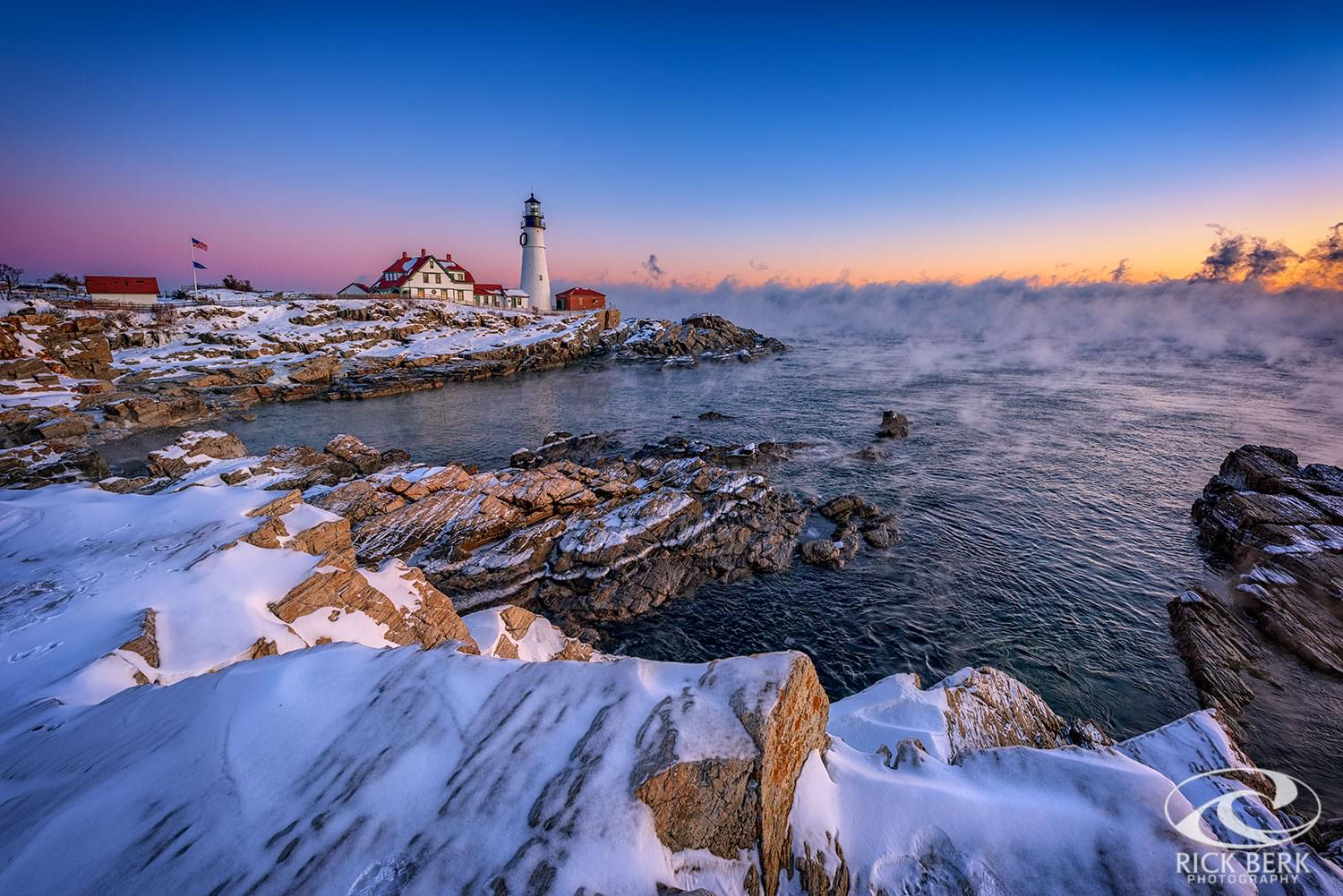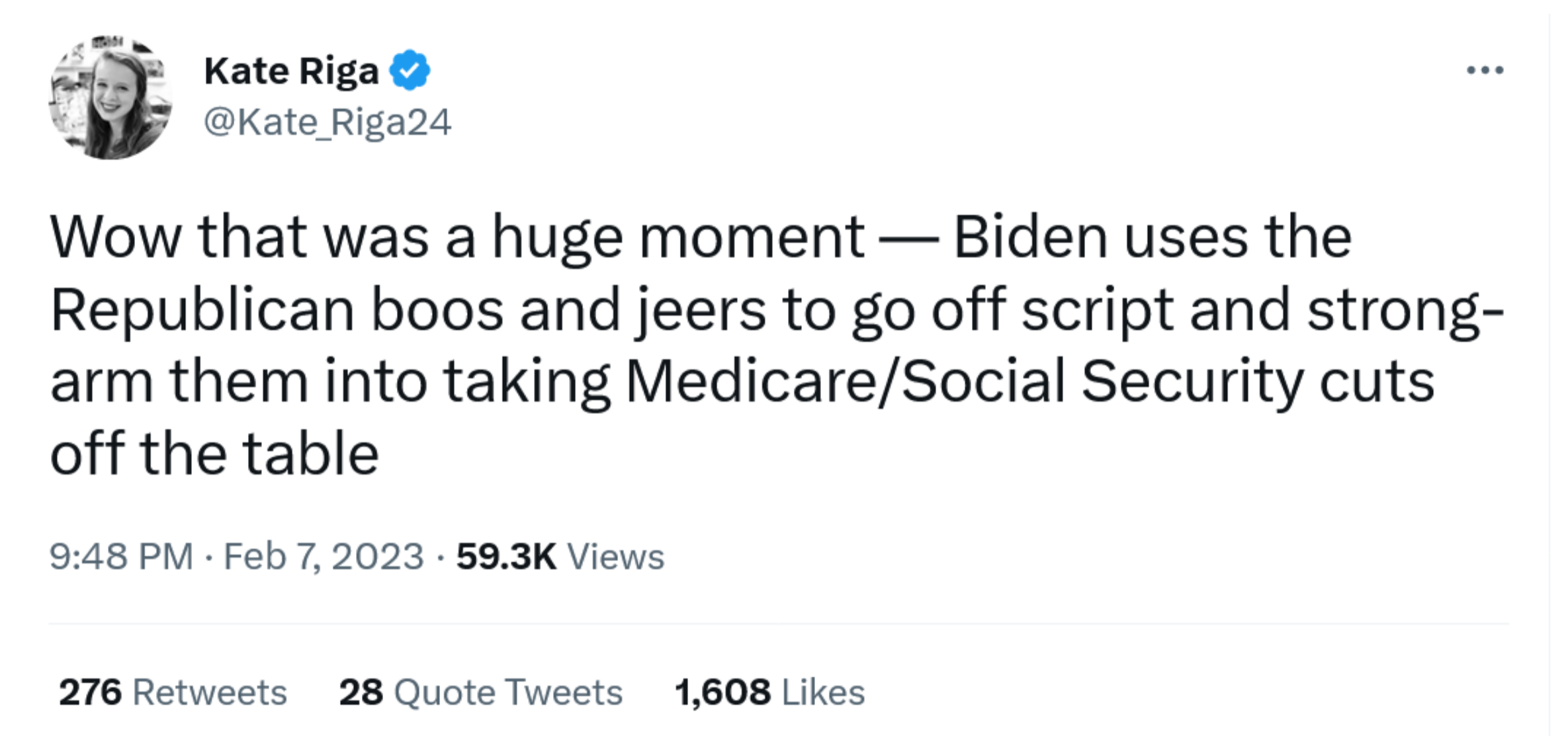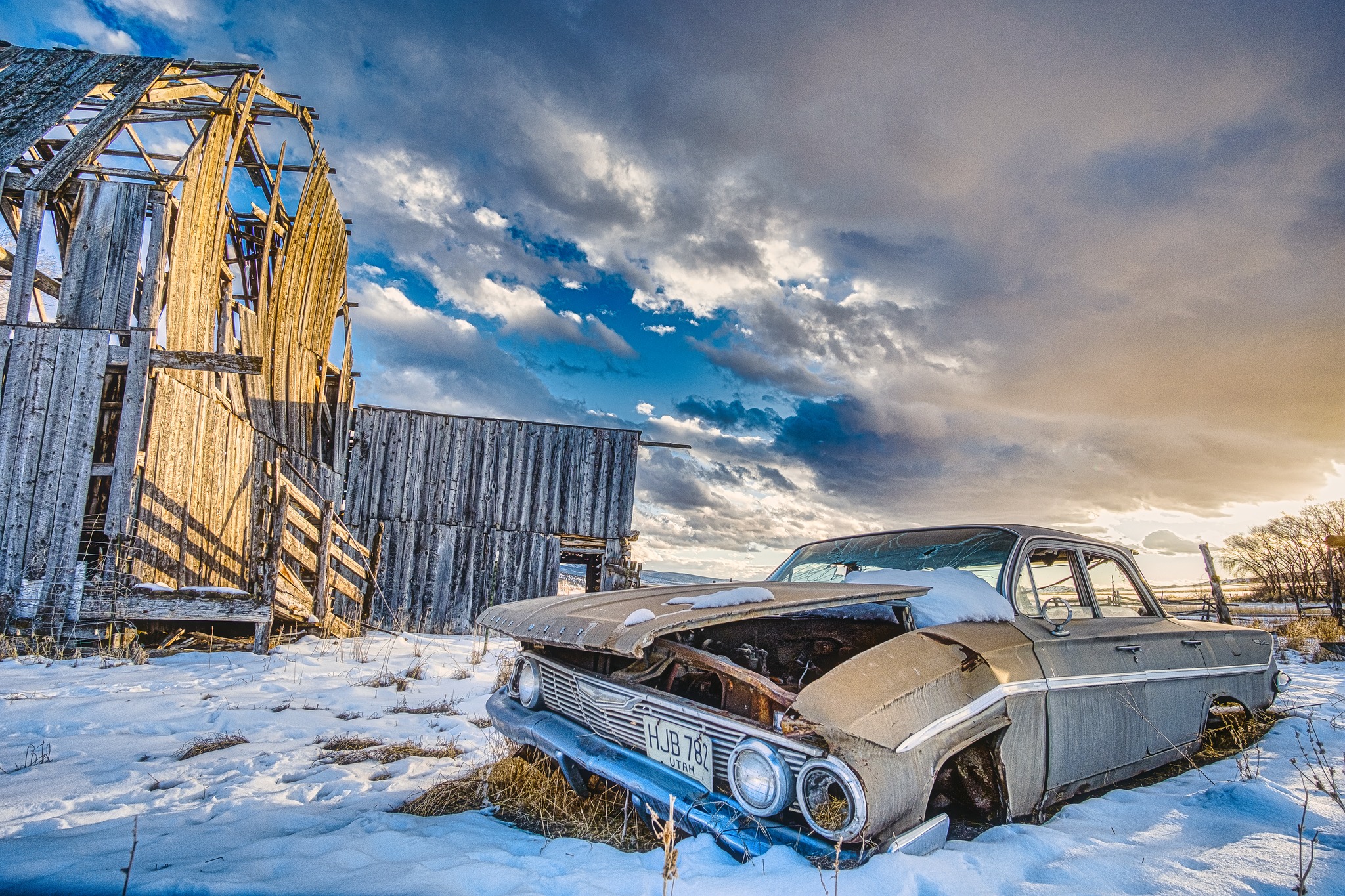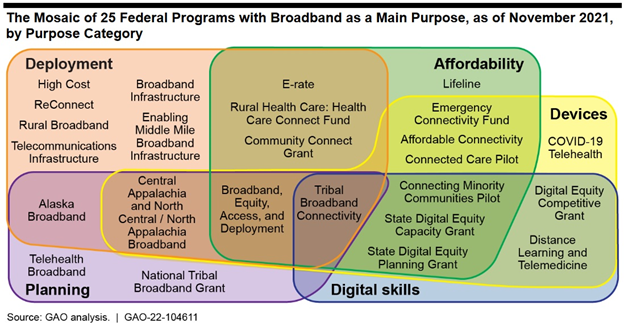The Daily Escape:

San Juan river cuts through monocline ridge, UT – November 2023 drone photo by Hilary Bralove. It is believed by many that the Navajo people based their rug and basket weaving patterns on what they saw in these geologic formations.
The temporary truce in the Israel/Hamas war is over. Reprobate Congresscritter George Santos (R-NY) was ousted from the House, and former Supreme Court Justice Sandra Day O’Connor died. She was the swing vote in the Bush v. Gore case that stopped the Florida recount and handed the 2000 presidential election to GW Bush. This was the first time that Republicans realized that if they controlled the Court, they could fix elections.
But on a pretty Saturday in southern New England, let’s turn our attention to a news article that hasn’t gotten much interest. From the issue, we learn that:
“More people died from suicide in the United States last year than any other year on record, dating to at least 1941, according to provisional data from the US Centers for Disease Control and Prevention.”
They quote the Kaiser Family Foundation who measure the suicide deaths per 100,000 of population: (brackets by Wrongo)
“Suicide deaths are increasing fastest among people of color, younger individuals, and people who live in rural areas. Between 2011 and 2021, suicide death rates increased substantially among people of color, with the highest increase among AIAN people [American Indian and Alaska Native people] (70% increase, from 16.5 to 28.1 per 100,000), followed by Black (58% increase, from 5.5 to 8.7 per 100,000), and Hispanic (39% increase, 5.7 to 7.9 per 100,000) people….The suicide death rate also increased in adolescents (48% increase, from 4.4 to 6.5 per 100,000) and young adults (39% increase, from 13.0 to 18.1 per 100,000) between 2011 and 2021….”
Suicide rates are up by nearly 50% in adolescents over the last decade, while suicides among Black people are up by almost 60%. These aren’t trends, they’re explosive changes. What we’re seeing in the data is our world in chaos.
Wrongo often says that American life has fallen apart over the past 30 years. People struggle to pay their bills; many do that by accumulating debt. For some, that struggle turns them to embrace demagogues, people who scapegoat innocents, or promise to take their rights away, robbing them of their personhood.
When we see suicide rising particularly among groups who struggle the most for their existence, it says that something has gone terribly wrong with the American model. And in the suicide statistics, there is confirmation that our nearly Darwinian model is what’s wrong. Adolescents and minorities aren’t committing suicide at these rates because they can’t get therapy, but because they feel as if there’s little or no future for them. Sadly, they are told by many pundits and politicians that everything’s fine.
Perhaps this partially explains why Biden seems to be doing so badly in polls of young voters.
As one of the commenters at the issue says:
“It shouldn’t be ‘The pursuit of happiness’ it should be ‘The amelioration of misery’. Being free to pursue happiness when there isn’t enough…left to go around doesn’t do ‘We the people’ any good.”
So, it’s time to forget about Santos, Kissinger and Hamas for a few minutes. Tune in to your Saturday Soother, where we try to get distance from the news for long enough to be able to handle whatever’s coming next.
Here on the Fields of Wrong, we’ve completed our fall clean-up and now it’s on to putting up the deer fencing that protects the bushes around the Mansion. The tree is up and illuminated, and the first members of our family are coming to see it today.
While it’s a beautiful day in the northeast, it makes sense for you to stay indoors for now. Start by brewing up a mug of “The Antidote” coffee ($19.50/12oz.) from Apocalypse Coffee in Melbourne, FL. Now grab a comfy chair by a south facing window and watch and listen to Schubert’s “Serenade”. Written two years before his death, it’s a perfect example of the melancholic music Schubert was so well known for:











